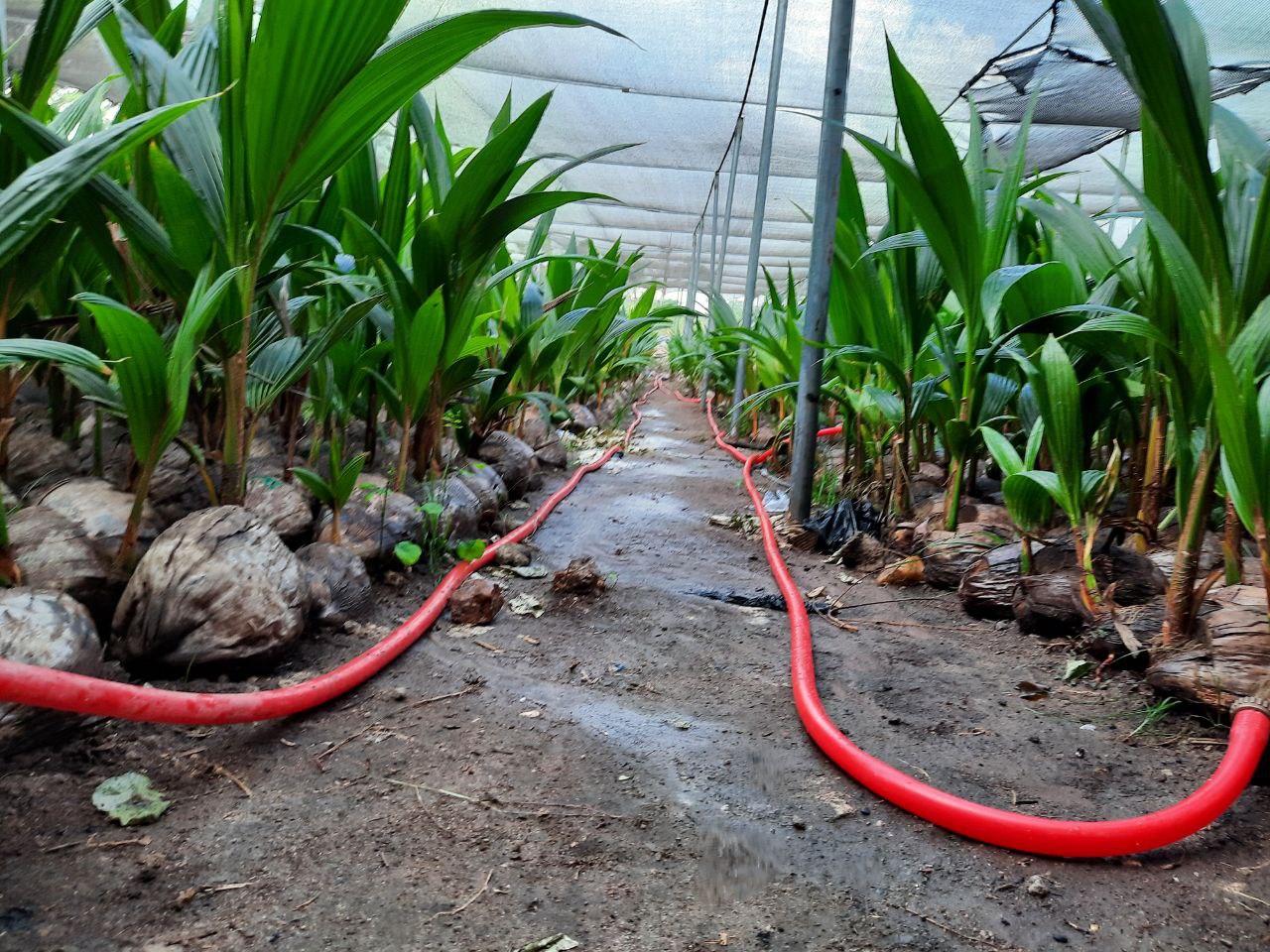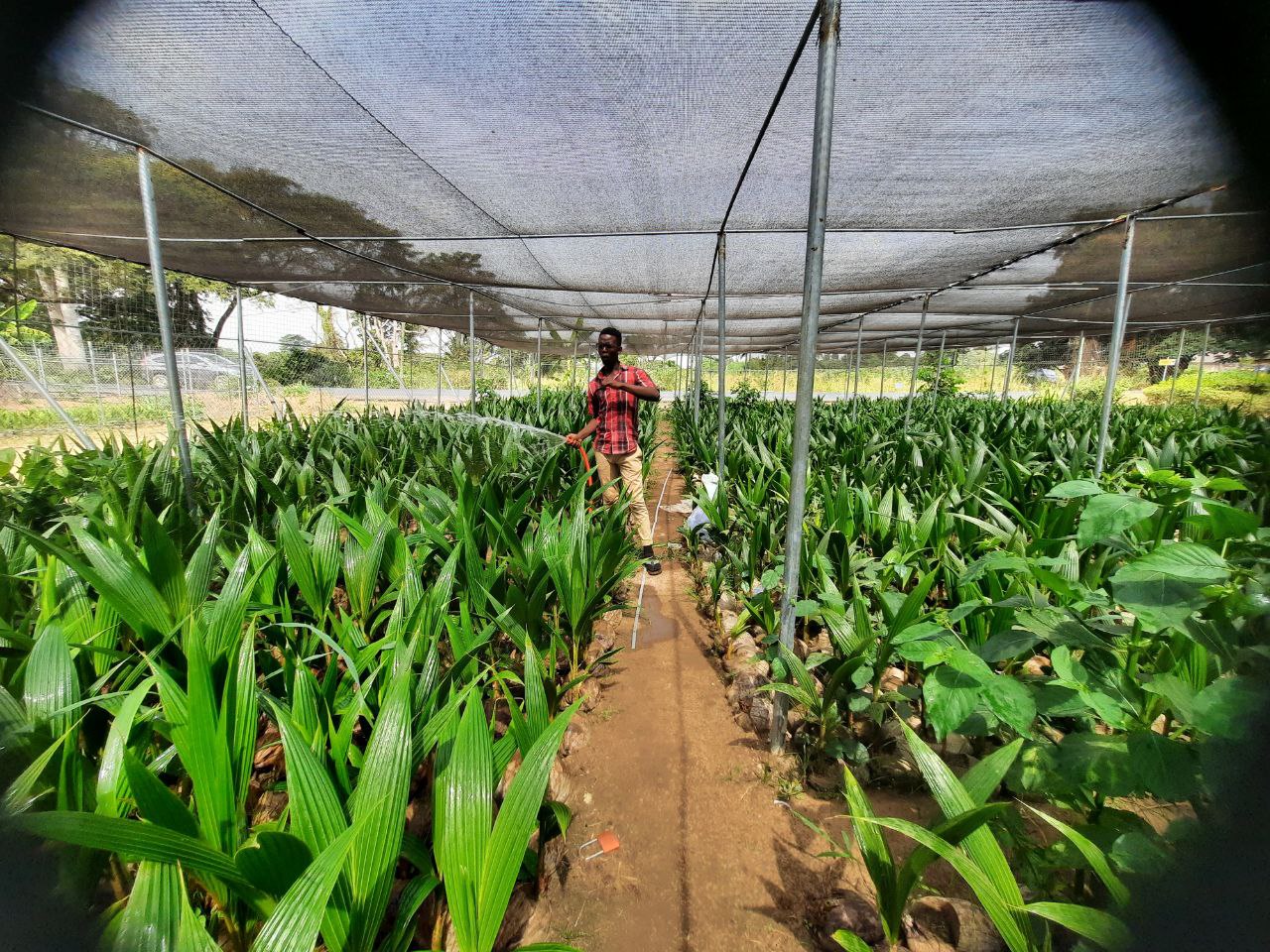December 21, 2023

Starting a plantation in Ghana is like planting a seed for tomorrow’s harvest, it takes care, planning, and a bit of sweat, but the payoff is worth it. Whether you’re growing cocoa, oil palm, or even something like mangoes, getting the basics right sets you up for a productive future. At Food Advancement Ghana, we’ve learned a thing or two about turning bare land into thriving fields, and we’re excited to share these steps with you. Let’s walk through Plantation Establishment 101 together!
First, pick the right spot. Ghana’s got everything from rainy forests to dry savannahs, so you’ve got to know your land. Check the soil, grab a handful and feel it. Is it sandy or clay, heavy? Cocoa loves well, drained loam, while cassava can handle tougher stuff. Test the pH too; most crops here do best around 5.5 to 6.5. And don’t forget water, rivers or rainfall nearby can make or break your plans. We once started a plot near Kumasi, and the rich, moist soil there was a game, changer for our yields.
Next, clear and prep the land. This isn’t just slashing and burning, though that’s still common. Clear weeds, stumps, and rocks by hand or with a tractor if you’ve got one. Then, loosen the soil with a hoe or plough to help roots dig deep. If the land’s been used before, give it a rest or add compost to bring it back to life. We learned the hard way that skipping this step leaves you with weak plants struggling to grow.
Now, choose your crops and spacing. What’s your goal, food for the market or cash from exports? Cocoa trees need about 3 meters apart, while maize can be tighter. Plan rows so sunlight hits every plant and you can walk through easily. We mix in some shade trees like plantain with our cocoa; it keeps the soil happy and gives us extra to sell.
Then comes planting time. Dig holes just deep enough for the roots, too deep, and they’ll suffocate. Drop in your seedlings or seeds, cover them gently, and water them right away. Timing matters, hit the rainy season’s start, like April here in Ghana, and nature does half the work. Our first oil palm batch thrived because we nailed that window.
Finally, care for the young plants. Water them if the rains slow down, pull out weeds that try to steal their food, and watch for pests. A little manure or fertilizer early on gives them a boost, think of it as their breakfast. We check our fields weekly, and catching trouble early has saved us more than once.
Establishing a plantation isn’t a sprint; it’s a journey. Start small if you’re new, maybe an acre, and grow as you learn. With good land, smart prep, and steady care, you’re not just planting crops; you’re building a future. Got questions or your own tips? Drop them below, we’d love to hear from you!
Happy reading!

Every successful farm starts with a strong foundation, and nothing is more fundamental than the quality of your seedlings.

Starting a plantation is an exciting but complex process that requires careful planning and execution.

Farming isn’t just about planting and harvesting—it requires strategy, expertise, and continuous adaptation.
